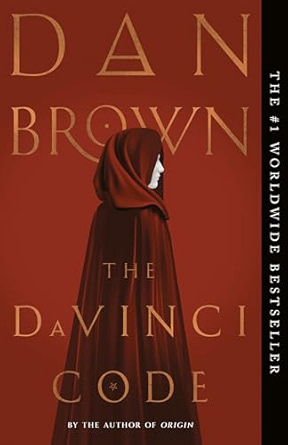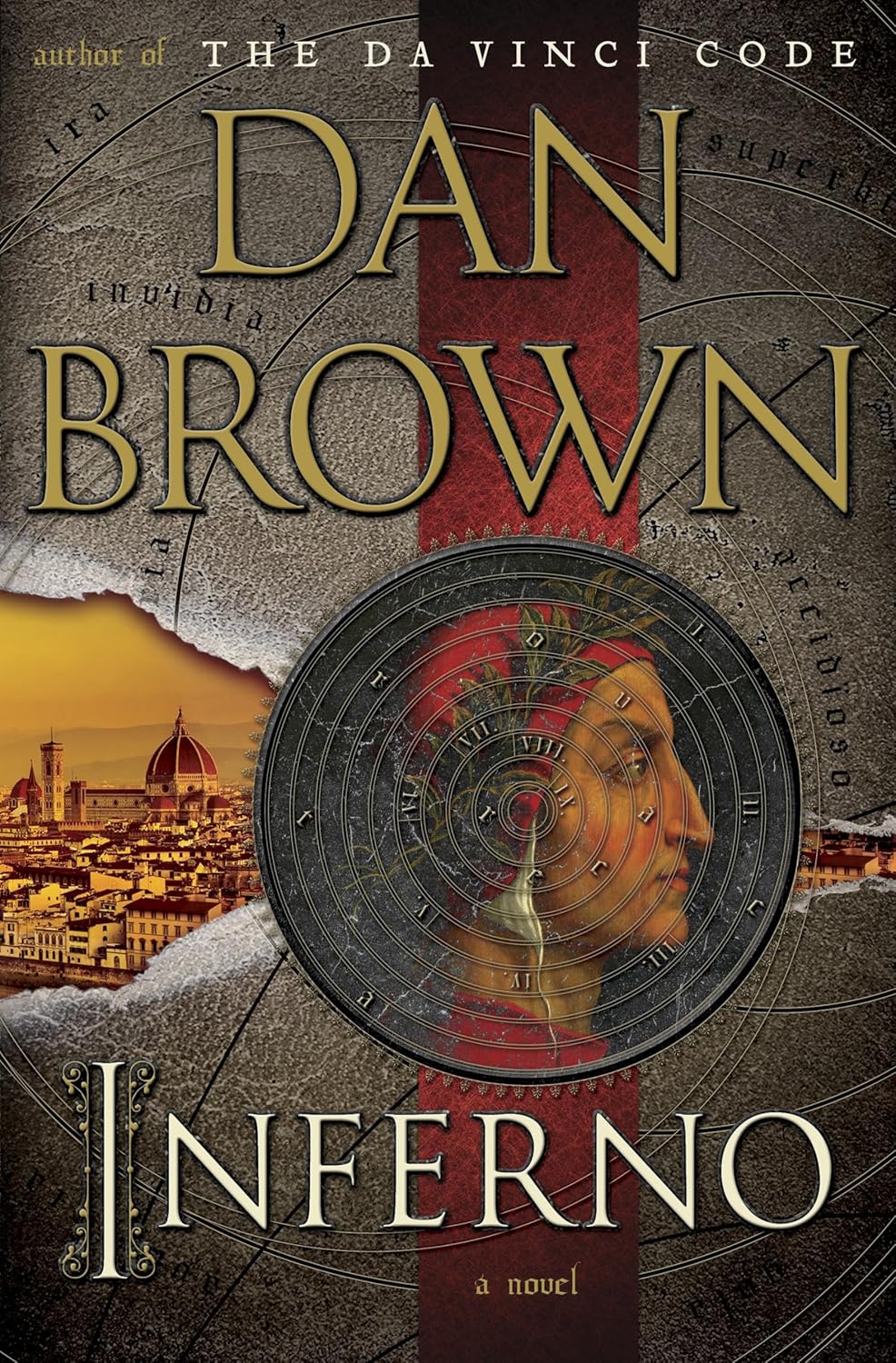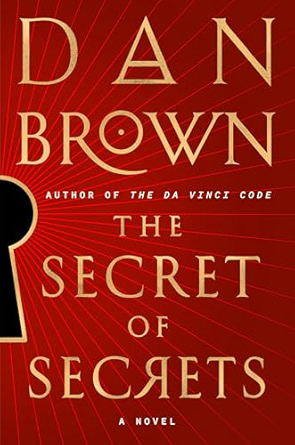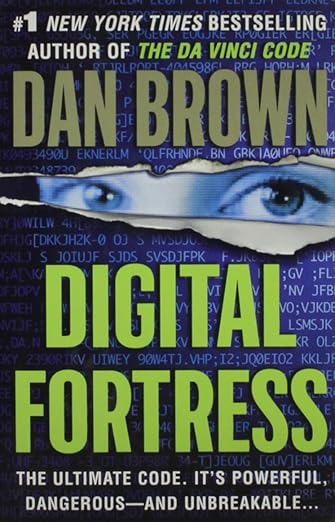Dan Brown Books in Order
This reading order guide provides the complete list of Dan Brown books in order, from the very first to the latest, so you won’t miss anything!
When you think of modern thrillers that blend mystery, history, art, and religion, one name stands out above the rest: Dan Brown. Known globally as the author of The Da Vinci Code, which became the fastest-selling adult novel in history, Dan Brown has captivated millions of readers with his signature style of storytelling—intelligent, suspenseful, and thought-provoking. But who is the man behind these page-turning stories?
Dan Brown was born on June 22, 1964, in the quiet town of Exeter, New Hampshire, a place that would later influence his imagination in subtle but meaningful ways. He grew up in a very academic and artistic household—his father was a mathematics teacher at Phillips Exeter Academy, while his mother was a singer and church organist. Surrounded by equations and melodies, Brown developed an early appreciation for both logic and creativity, two elements that would eventually define his writing style.
After high school, Brown went on to study English and Spanish at Amherst College, graduating in 1986. Like many young dreamers, he didn’t jump straight into writing. Instead, he chased a music career, moving to Los Angeles with hopes of making it as a singer-songwriter. During this time, he worked as a Spanish teacher at Beverly Hills Preparatory School and met his future wife, Blythe Newlon, who would later become one of his greatest supporters.
Although talented, Brown’s music career never really took off. But as one dream faded, another quietly emerged. In 1993, he returned to New Hampshire to teach English at his alma mater, Phillips Exeter Academy. It wasn’t until a vacation in Tahiti, where he read Sidney Sheldon’s The Doomsday Conspiracy, that Brown had his turning point. He thought, “I can do this.” And he was right.
Brown’s first novel, Digital Fortress, was published in 1998. It was a high-tech thriller involving government secrets and cyber espionage. Though not a massive commercial success, it marked the beginning of a new chapter in his life—as a full-time writer. His wife, Blythe, became his publicist, arranging interviews and helping promote his work with a passion that matched his own.
In 2000 and 2001, he followed up with Angels & Demons and Deception Point. It was in Angels & Demons that readers were first introduced to the now-iconic character Robert Langdon, a Harvard symbologist who solves mysteries by interpreting ancient symbols, codes, and religious texts. This character would soon become a household name.
But the real breakthrough came in 2003, when Brown released The Da Vinci Code. The novel was an instant global phenomenon. Mixing religious history, secret societies, cryptology, and nonstop suspense, it struck a chord with readers everywhere. By 2006, the book had sold over 40 million copies, and a Hollywood film adaptation starring Tom Hanks as Robert Langdon brought Brown’s vision to the big screen. The success of The Da Vinci Code also renewed interest in Brown’s earlier novels, all of which landed on The New York Times bestseller list in the same week.
Brown didn’t stop there. In 2009, The Lost Symbol was released and sold over a million copies on its first day. The following years saw the release of more Robert Langdon novels, including Inferno (2013) and Origin (2017), each one pushing the boundaries of historical fiction and intellectual suspense. Inferno, in particular, explored the dark themes of Dante’s Divine Comedy, taking readers on a fast-paced journey through the art, architecture, and philosophy of Florence.
Brown’s books are not just entertaining—they’re also educational. He has a gift for weaving real history and art into fictional plots, sparking curiosity in readers. Many fans find themselves Googling paintings, churches, and historical events long after they’ve turned the last page.
Despite occasional controversy, especially from religious communities who criticize his interpretations of historical events, Brown has defended his work as fiction meant to inspire questions and conversation. His books have been translated into over 50 languages and sold more than 200 million copies worldwide. Not bad for someone who once struggled to sell CDs.
Today, Dan Brown is considered one of the best thriller writers of our time. He continues to write, and during an interview, he even hinted at having enough ideas for 12 more Robert Langdon novels. That’s exciting news for fans who can’t get enough of code-breaking, globe-trotting adventures.
Whether you’re a longtime reader or just starting your journey into Dan Brown’s world, one thing is clear—his books promise more than just excitement. They invite you to look deeper, question what you know, and open your mind to the hidden stories behind the surface of our history.









